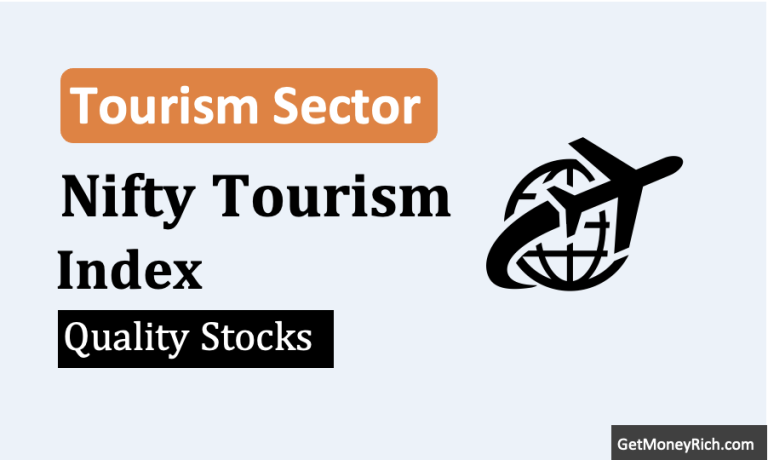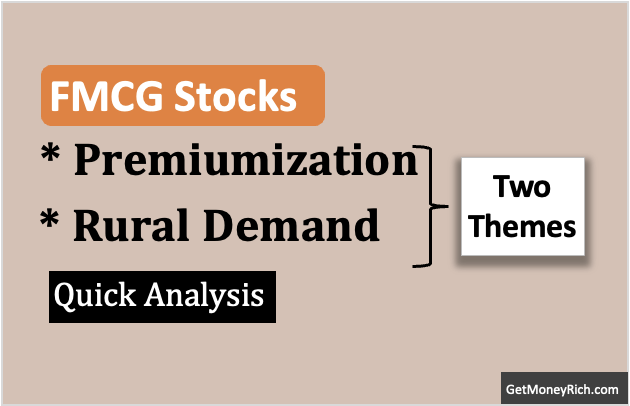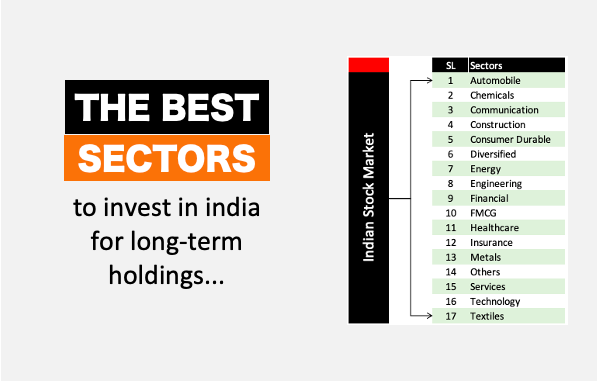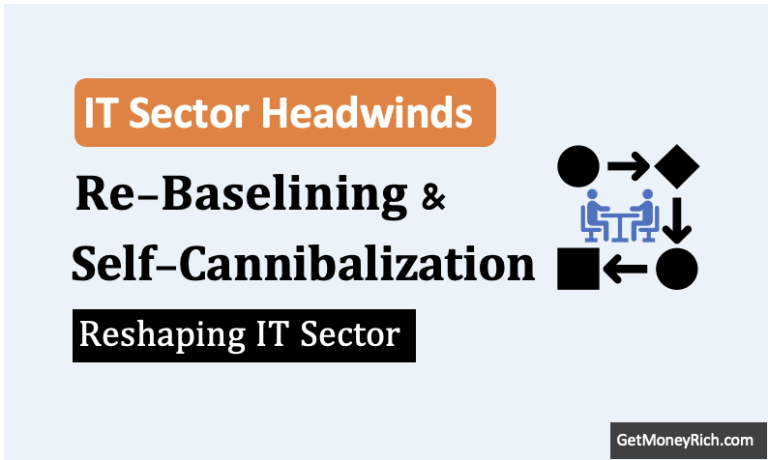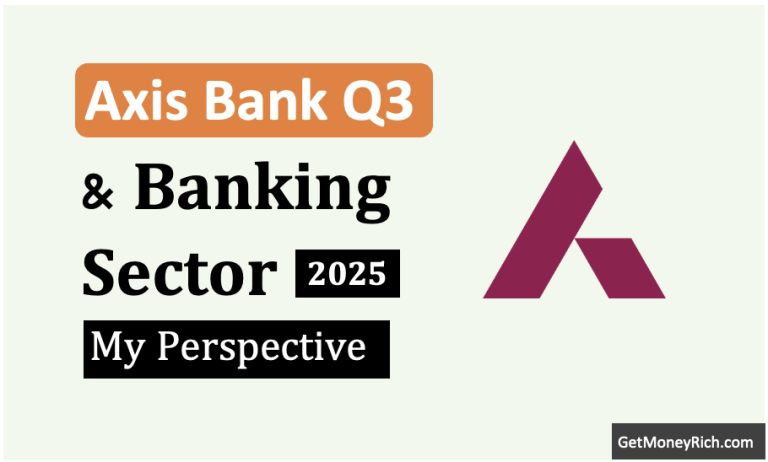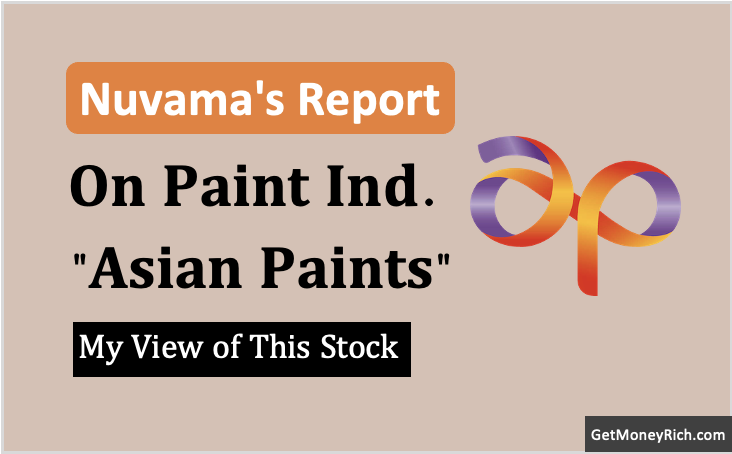India’s Food & Beverage sector is undergoing a transformative phase driven by demographics, digital growth, and evolving consumer habits. With increasing per capita income and rising demand for branded packaged foods, the sector offers significant potential. From robust digital payments to infrastructural advancements, these trends are reshaping the market and presenting long-term growth opportunities for investors. Read this report to build a perspective about this sector.
#1 Advantage India
![India's Food and Beverage (F&B) Sector Analysis [2025]](http://ourwealthinsights.com/wp-content/uploads/2025/01/Nestle-India-Fundamental-Analysis-Advantage-India-891x1024.jpg)
Nestle India’s presentation offers an insight into the opportunities and growth trends within the Food & Beverage (F&B) sector in India.
India’s has vast long term potential within this sector. It is driven by its unique blend of demographic, economics, and technological factors. We as long-term investors analyzing this space, we can understand the dynamics influencing the sector’s future trajectory.
- Digital Growth: India’s F&B sector is benefiting from a rapidly growing digital ecosystem. There are over 1.2 billion mobile users and an average monthly data consumption of 24 GB per user per month. The widespread adoption of digital platforms, combined with robust growth in mobile internet, is transforming consumer habits. It is making the online marketplace a significant driver of demand for packaged food and beverages.
- Infrastructure: The progress of infrastructure development is also a key factor. In India, 29 kilometers of road every day is getting constructed. The milestone of 100% rural electrification is also getting realized. Both of these factors improve market accessibility for companies in this sector.
- Online Payments: India’s financial system is evolving, with 10 billion monthly digital payment (UPI) transactions are being done. There is a growing convenience of cashless economies for consumers.
- Demographics: It is also play a critical role in the sector’s potential. India boasts a 470 million-strong Gen Z population. It is a group known for its evolving consumption preferences and increasing purchasing power. This segment represents a promising customer base for innovative and branded F&B products.
- Start-up Ecosystem: Supporting this growth is also the India’s status as a global hub for entrepreneurship. It is housing 112 unicorn startups. What these startups are doing. They are bringing an annual influx of $71 billion in foreign capital investments.
A combination of the above factors provide an environment conducive to growth and innovation in the packaged food sector.
#2. India’s Food & Beverage (F&B) Sector: Opportunities and Trends

Let’s compare India’s spending patterns on food and beverages with other economies. Countries such as China, Thailand, Indonesia, and the Philippines are suitable for establishing this comparison.
#2.1 Per Capita Income & F&B Spending Pattern
India’s per capita income and spending on F&B are relatively low as compared to these countries. In India, food and beverage expenditure accounting for just 3.7% of per capita income.
In contrast the spendings on F&B category in China’s spends about 3% (less than India), Philippines & Thailand is 8.8% and 7% respectively (highest in category), and Indonesia is 4.8% (higher than India).
This trend shows that, as India’s per capita income will increase, the aspirational spending will also go up. It will encourage people to spend more on F&B items (3.7% value will go up).
#2.2 The Branded Packaged F&B Market
The branded packaged F&B market, in particular, appears to have substantial headroom for expansion.
Currently, it constitutes only about one-third of India’s total F&B market. It is a strong indicator of a large untapped segment.
The sector has been growing consistently, with a compound annual growth rate (CAGR) of 11% from 2019 to 2023.
It is expected to accelerate further to 12.4% by 2028. By then, the market size is projected to nearly double.
This growth will be driven by increasing consumer focus on nutrition, health, and wellness.
Conclusion
From an investor’s perspective, these trends underscore the transformative changes taking place in India’s F&B sector.
The combination of a young population, rising incomes, infrastructural advancements, and growing digital connectivity provides a strong foundation for long-term growth.
While these data points do not provide specific insights into which particular company will benefit the most, but it is a very valuable indicator.
Here are a few prominent listed companies in the Indian Food & Beverage sector:
- Nestle India Ltd – Known for brands like Maggi, Nescafé, and KitKat.
- Hindustan Unilever Ltd (HUL) – Offers a range of beverages (Bru, Lipton) and foods (Knorr, Kissan).
- Tata Consumer Products Ltd – Focuses on beverages (Tata Tea, Tata Coffee) and foods (Tata Salt, Soulfull).
- Britannia Industries Ltd – Specializes in bakery products like biscuits, cakes, and dairy products.
- ITC Ltd – Offers packaged foods (Sunfeast, Bingo, Aashirvaad) and beverages.
- Varun Beverages Ltd – A key bottling partner for PepsiCo in India.
- Dabur India Ltd – Includes packaged juices and beverages under Real and other food products.
- Jubilant FoodWorks Ltd – Operates Domino’s Pizza and Dunkin’ Donuts in India.
- Godrej Consumer Products Ltd – Offers packaged foods through Godrej Tyson and Yummiez.
- GlaxoSmithKline Consumer Healthcare Ltd (now part of HUL) – Known for Horlicks and Boost.
If you found this article useful, please share it with fellow investors or leave your thoughts in the comments below!
Have a happy investing.
Source: Nestle India [1]

